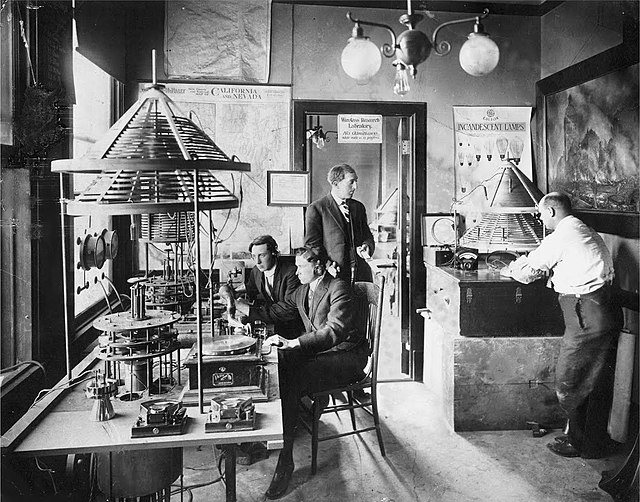In business theory, disruptive innovation is innovation that creates a new market and value network or enters at the bottom of an existing market and eventually displaces established market-leading firms, products, and alliances. The term, "disruptive innovation" was popularized by the American academic Clayton Christensen and his collaborators beginning in 1995, but the concept had been previously described in Richard N. Foster's book "Innovation: The Attacker's Advantage" and in the paper Strategic Responses to Technological Threats.
Mass adoption of automobiles disrupted existing industries around horse-drawn transport, such as whips.
Innovation is the practical implementation of ideas that result in the introduction of new goods or services or improvement in offering goods or services. ISO TC 279 in the standard ISO 56000:2020 defines innovation as "a new or changed entity, realizing or redistributing value". Others have different definitions; a common element in the definitions is a focus on newness, improvement, and spread of ideas or technologies.
Thomas Edison with phonograph in the late 1870s. Edison was one of the most prolific inventors in history, holding 1,093 U.S. patents in his name.
50 W. San Fernando Street in downtown San Jose is the site of the world's first radio broadcasting station, created in 1909 by Charles Herrold, the "Father of Broadcasting".
Image: Innovation Life Cycle




